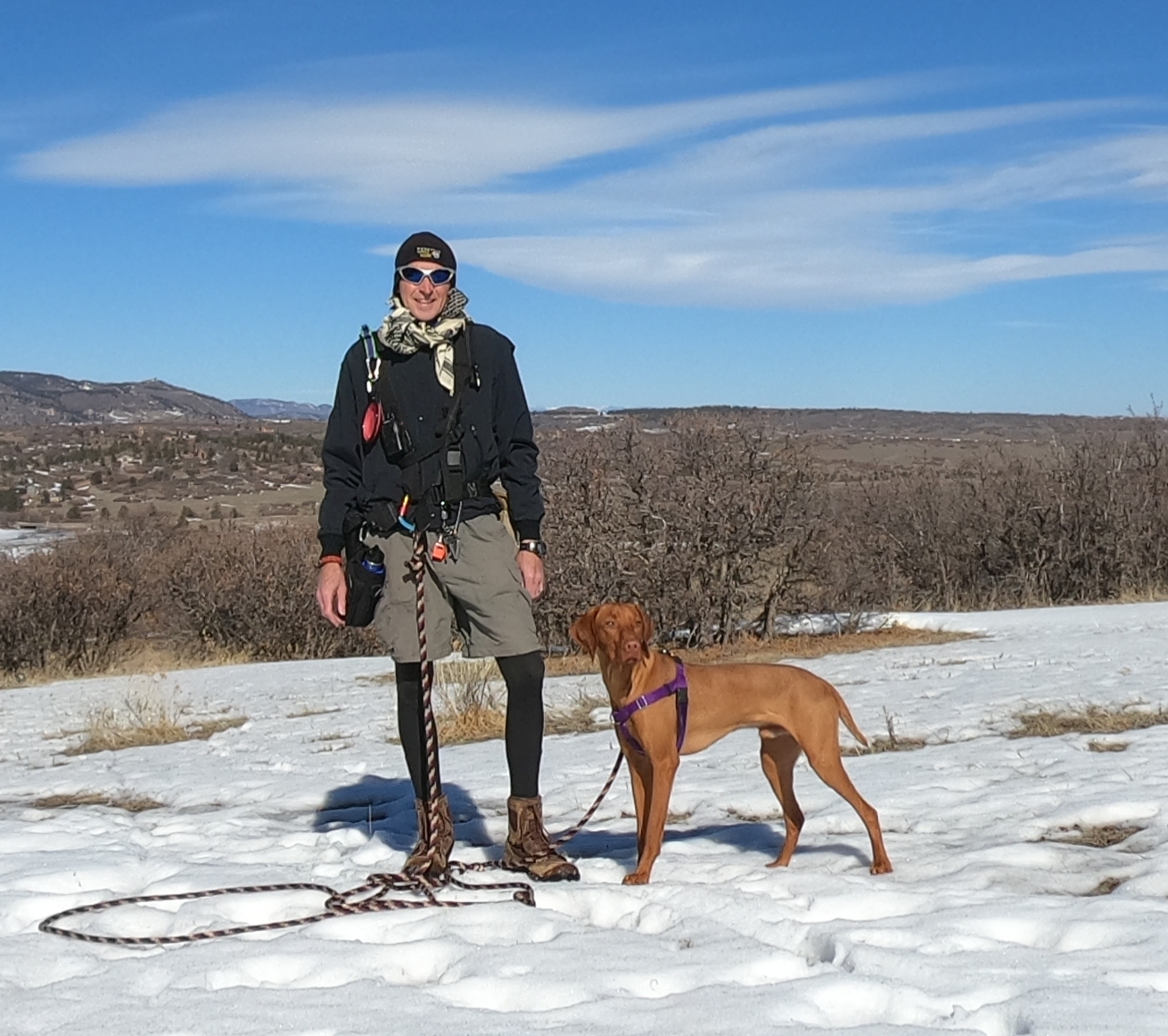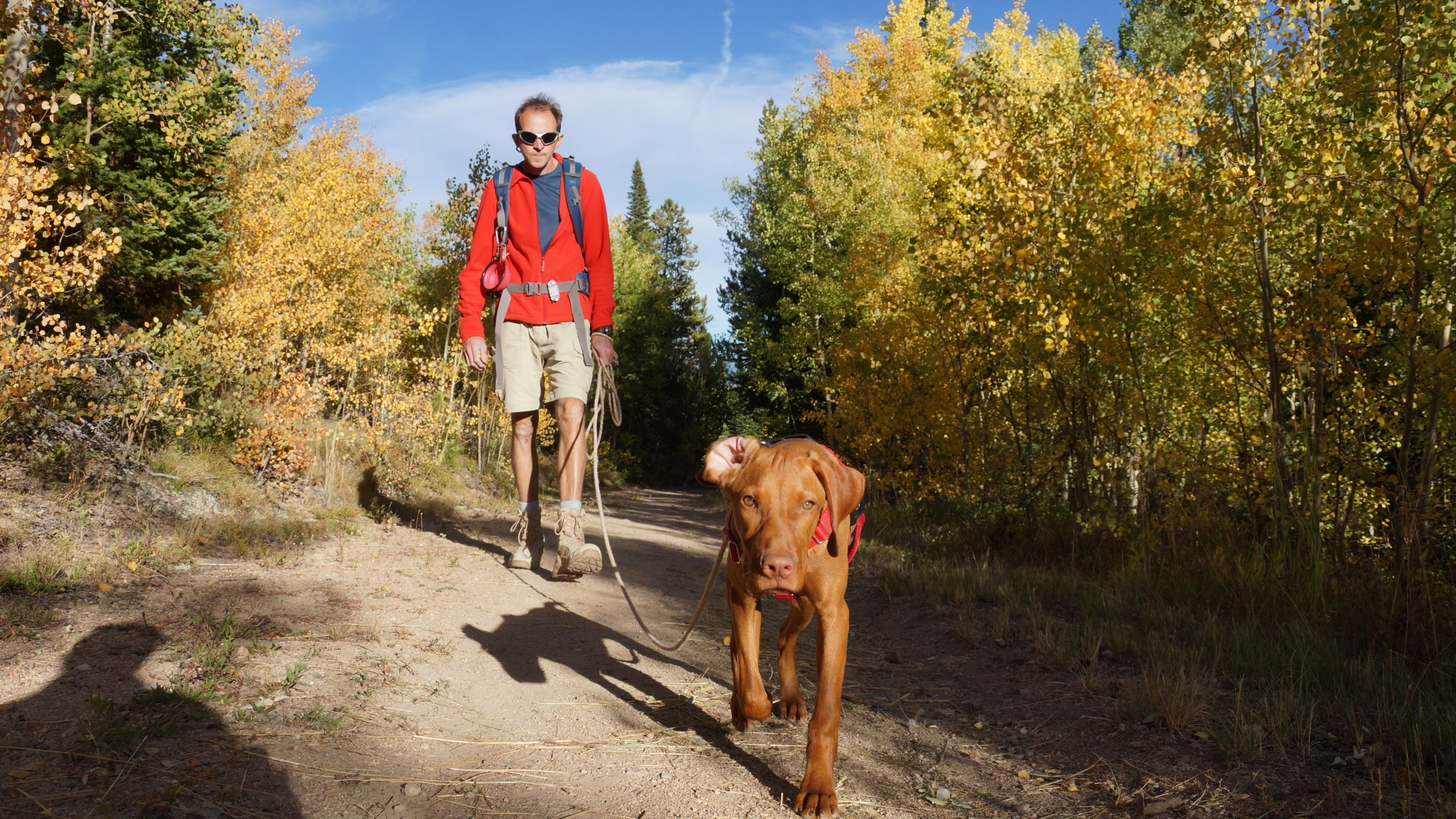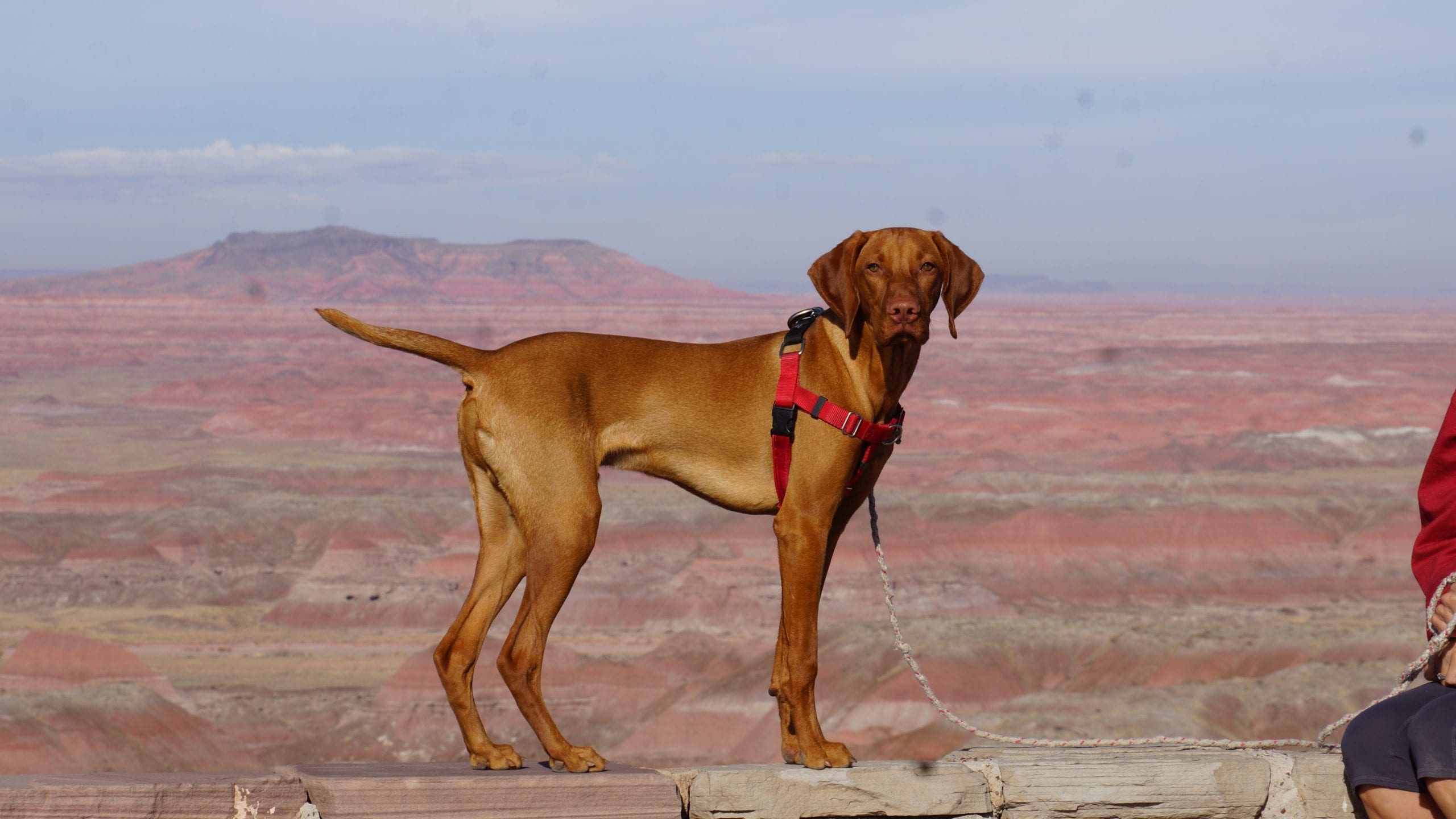This post is a basic guide to get your product and company ready for retail CPG.
Finance
Retail takes cash. You will have to invest in product inventory that won’t realize cash very soon. Expect to pay upfront shelf fees to get your product on shelf. It could be a combination of cash, free product to stock stores or discounts on your opening order. General retailer terms range from 15 days to 60, but can be longer for new products. Some retailers will only pay you when the product rings through the register, called pay on scan. You can eventually get on normal terms when your product shows movement off the shelf.
Retailers have trade spend fees, which in addition to shelf fees or opening order discounts, can include: new store fee, which is a cost or free product to stock new stores that the retailer opens; product damage fees, which may be a percentage of sales, and cooperative marketing fees, which is a percentage of sales the retailer withholds for in-store or circular advertising expenses. Also expect to pay for periodic promotions and additional in-store or circular advertising. Retailers like buy one get one (BOGO) promotions; or, 2 for 3, or 3 for 5 or 8 for 10…and other combinations.
A few other finance items to expect: product liability insurance is a requirement and coverage amounts will depend on your product; if your product does not do well and gets booted off the shelf, there will be costs to buy product back from the retailer or support steep markdowns on close out sales.
Operations and Logistics
If you are a small company, you will most likely want to outsource this function to an experienced partner who already does this. They will have the experience for dealing with the myriad of packaging, routing and shipping requirements that each retailer has. However, be prepared to have your own small fulfillment operation in your office to send samples to brokers and retailers.
More and more retailers are moving to EDI (the largest are already there), which means that orders and logistics information are all electronic. Your warehouse may not necessarily need to be EDI, but at a minimum you must. There are many third party EDI providers that can get you setup so that you can electronically receive and communicate orders and information with the retailer.
You will need an accounting and inventory system that can handle retail. There are many packages available and some are hosted securely online. It is common for the bigger more established warehouses and other partners to be able to integrate data flow into your hosted data system, which is recommended.
Make sure your cases are configured properly to support retailers. How many units per case? How many inner cases, or “inners” per case. A retailer will likely send your case to a distribution center (DC) and then break it open to parcel out the inners to specific stores. Configure it to meet requirements for your most important retail customers. This data would be included in your product specifications sheet that retailers would use. Additional data would be the specific product dimensions, UPC and GTIN numbers and pallet information. Triple check this sheet to make sure all data is correct before it goes to retailers. I’ve seen how easy it is to get things mixed up and it can be very difficult to correct once the retailer has the data loaded into their systems. Depending upon the retailer, you may be required to utilize online product data synchronization services that are becoming the norm in retail. Retailers synchronize their systems to these data warehouses. These services require annual subscriptions and provide templates to load and manage product specifications.
What is your sustainable resources strategy? Wal Mart has taken the lead in this area by using its leverage to get manufacturers to adopt operational practices that promote resource conservation and minimize environmental impact. Even if you do not plan to sell to Wal Mart, retailers will follow.
Retail Shelf
It goes without saying, but I will say it anyway. Do your research. Who are your competitors and substitutes? What are your features and benefits and positioning relative to them and why? Who are your target customers? What kind of product sales movement can you expect? What is minimum product sales movement required by the retailer? Can you get Nielsen or IRI data to see competitor and category movement sales? When do retailers do their product reviews and shelf resets? What is the best way the retailer likes to work with its vendors – through brokers or meetings at specific trade shows, through email only? Many of these questions and data take primary research by visiting retail locations and secondary research through industry trade sources and retail brokers.
Your retail price is a critical piece of research that you need to get right. You want your price to be competitive on shelf to other products or substitutes but you also you want to maximize the retail price. You want to make sure you have good profit margins on the product as well as providing enough margin for the distributors and retailer. Leave room in there so that you can absorb future expense hits, such as discounts and promotions that you will be likely be required to run with the retailer, COGS increases, and the like. Note that just because your costs rise does not mean you can easily pass those on to retailers.
In general, it is getting harder to make it on shelf. Product ideas and manufacturing capabilities and capacities are seemingly endless, but the real estate in a store is not. You will have to compete for space with direct or substitute competitors. Further, retailers are creating space for their own brands, pushing out traditional consumer packaged good manufacturers. Retailers make more money with their own brands because they keep the margin in profits that a CPG company would have.
A competitive advantage over another product will not always get you in. You may have to prove that you can increase the number of consumers that buy in the store category.
Usually your product will define where you will be on shelf. But if you can get space in a higher traffic category, consider positioning your product to fit there. However, this could backfire if you are not careful. A higher traffic section might also have much higher shelf-movement requirements, and if your product won’t move off the shelf, you will no longer be in that retailer.
Make your package stand out and differentiated from competitors. Don’t underestimate the ability to market on the shelf. However, you want to be careful to differentiate within the dimensions normal for the category. That is, don’t size the packaging where it won’t fit or present well on the shelf. Think about using QR codes or messaging on your package that drives consumers to web content via their smartphones while they are in the retailer: Content can include testimonials, Youtube videos about the effectiveness of your product, or other information that motivates a purchase.
If given the opportunity, take advantage of displays and other in-store signage. End-caps, shelf displays, posters and the like are a great way to increase your real estate space in addition to being on shelf. They also make great in-store banner advertisements. There will be increased costs, but can be worth it.
One thing to be aware of is if your product is so new and different that it does not fit into one category but straddles across several categories. In this case, the target consumer sees risk in buying something that is not normally found in the category that they buy from, making a purchase more difficult. Or, there are features and benefits not important to them, so they pass on a purchase. In this case, sampling and in-store promotions are critical to get consumer trial, which can get very expensive.
Other Items
If you get into retail, hopefully you already have an additional product in the works or different variations of your flagship product (flavors, sizes, colors, etc) to follow. If you want to grow, you need to capture more shelf space, and that comes from more products. Consumers can also tire of your product, so its important to offer variation, improvements or new products to compliment your brand. Unfortunately, this needs to happen faster than you might think. My rule of thumb is when I launch a product in retail, I better have the next one ready to go so if my brand really takes off, I can capitalize on the momentum. Aggressive innovation is also a good competitive strategy.
Retail is not hard, but there are many details to manage, so execution is important. You want to appropriate the staff, time and management tools to keep a close eye on your expenses, especially trade spend, retailer charges, the cash tied up in inventory and your logistics costs A trick I have seen retailers use is to continue taking discounts on shipments that was limited to the opening order shipment only. Or, they fine you for early or late shipments when you have documented proof that you were on time to make the delivery. Items like these can get out of hand quickly if you do not watch them carefully. Regardless of your product’s success, expenses can kill your company.





